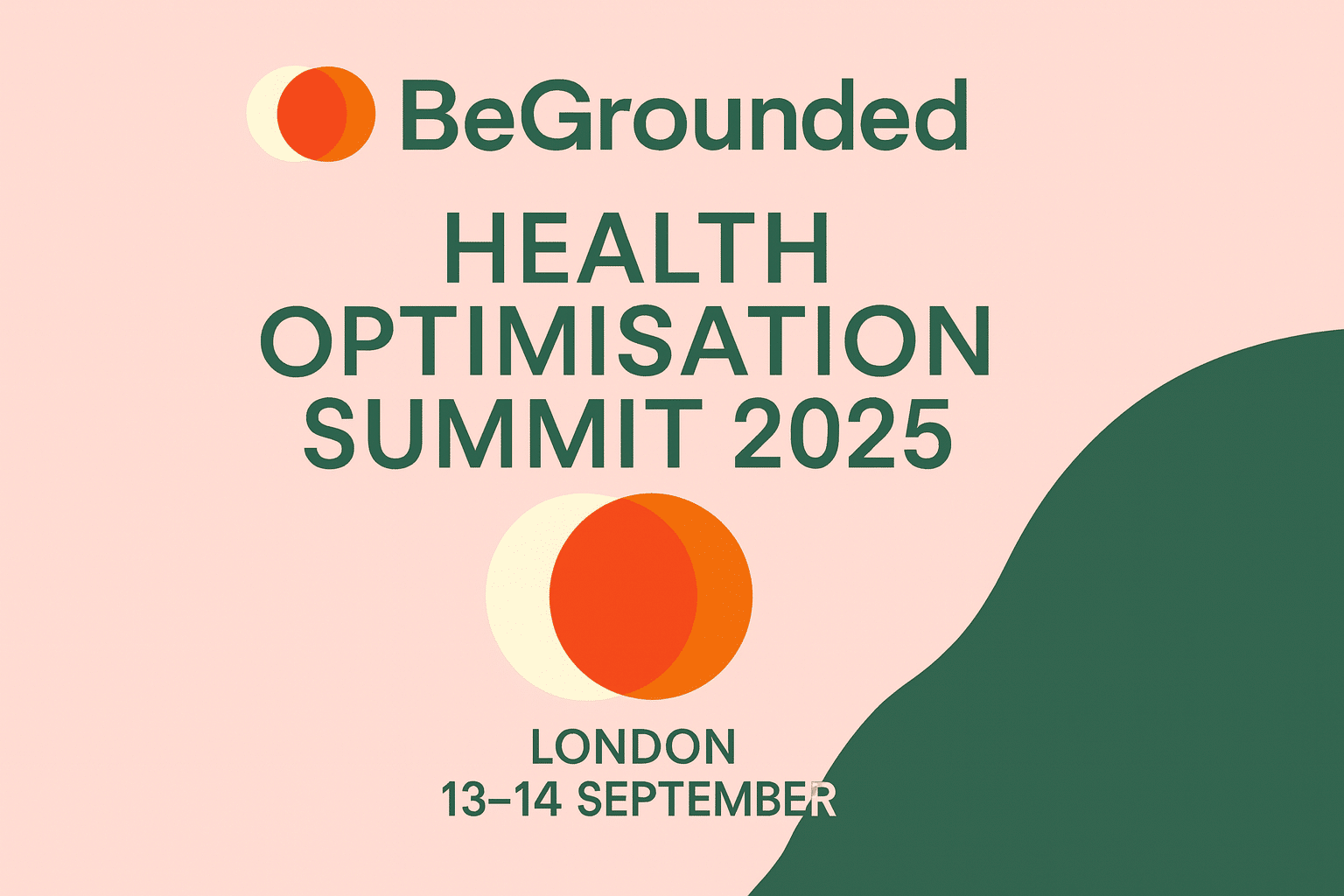
The idea of walking barefoot to improve your health might sound simple or even strange. However, the practice of grounding has gained significant attention in recent years, especially for its potential scientific evidence supporting reduced inflammation, improve sleep, and support mental clarity.
Is Grounding Actually Backed by Science?
So far, there have been 41 published studies showing that grounding can have real health benefits. These studies have found it may help reduce inflammation, improve sleep, lower stress, and boost overall wellbeing. All 41 of these published studies can be found on the Earthing Institute.
In this article, we’ll explain further on what grounding is, how it works, and explore the scientific evidence surrounding this topic.
What Is Grounding?
Grounding refers to direct skin contact with the Earth’s surface. This can be as simple as walking barefoot on grass, soil, sand, or unsealed concrete. The Earth holds a natural negative electric charge, and when we connect physically, our bodies absorb free electrons from the ground.
These electrons may help neutralise free radicals in the body, which are positively charged and known to cause oxidative stress and inflammation. By absorbing electrons, grounding could reduce that internal stress and restore electrical balance in the body.
What Does the Science Say?
Although more large-scale studies are needed, existing peer-reviewed research offers promising evidence for the benefits of grounding.
1. Pain and Inflammation Reduction
In a 2010 study published in the Journal of Alternative and Complementary Medicine, researchers examined how grounding affected muscle recovery after intense exercise.
Participants who were grounded for several hours a day showed:
- Reduced white blood cell counts (a sign of lower inflammation)
- Less pain and soreness
- Improved blood flow
These results suggest that grounding may help manage inflammation in a natural and non-invasive way.
Source: Chevalier G, Sinatra ST, Oschman JL. Earthing: Health implications of reconnecting the human body to the Earth’s surface electrons.
2. Cortisol Regulation and Sleep
Another study conducted by Ghaly and Teplitz (2004) explored how grounding during sleep affects stress and sleep quality. Participants slept on grounding mattress pads for eight weeks.
Results showed:
- More balanced cortisol levels (the stress hormone)
- Improved sleep patterns
- Reduced stress and pain
This research supports the idea that grounding helps reset the body’s internal rhythms — a key factor in managing modern stress and sleep disorders.
3. Thermal Imaging and Chronic Pain
Thermal imaging has also been used to measure inflammation in individuals with chronic pain. After grounding sessions, images showed cooler temperatures in affected areas. This can be seen as a visual indicator of reduced inflammation.
4. The Efficacy of Jing Advanced Clinical Massage and Earthing as Interventions in the Treatment of Chronic Low Back Pain
Here at BeGrounded, we have also conducted our own research to see how grounding could help people with long-term back pain.
In our study, people used grounding sleep mats along with massage therapy and the results were impressive. Those using grounded mats saw a 38% drop in pain, compared to just 17% in the group using non-grounded mats. It’s a great example of how grounding can support and even enhance traditional treatments in a natural, drug-free way.
Why More Studies Are on the Way
Like many wellness practices, grounding has been met with both curiosity and scepticism. The scientific community is gradually conducting more research, but because grounding isn’t a pharmaceutical product, it often receives less funding. Even with the positive findings that have currently been found, it is likely that for further scientific evidence, we will need to wait a few more years.
However, the links that have been studied so far are:
- Real physiological measurements (like white blood cell counts and cortisol levels)
- Patient-reported outcomes (such as reduced pain or better sleep)
- Non-invasive, risk-free usage
Fingers crossed, this makes grounding a strong candidate for further research and application. In the meantime, the Earthing Movie is definitely one to watch if you are interested in grounding.
How to Experience the Benefits Yourself
The best part about grounding is everyone can try it and it is completely free.
Here are some simple ways to get started:
- Walk barefoot on grass or natural ground for 20–30 minutes a day
- Sit or lie on the ground with exposed skin
- Use a grounding mat, band, or pillow cover indoors (especially useful if you live in a flat or spend a lot of time at a desk)
Tag: Learning


